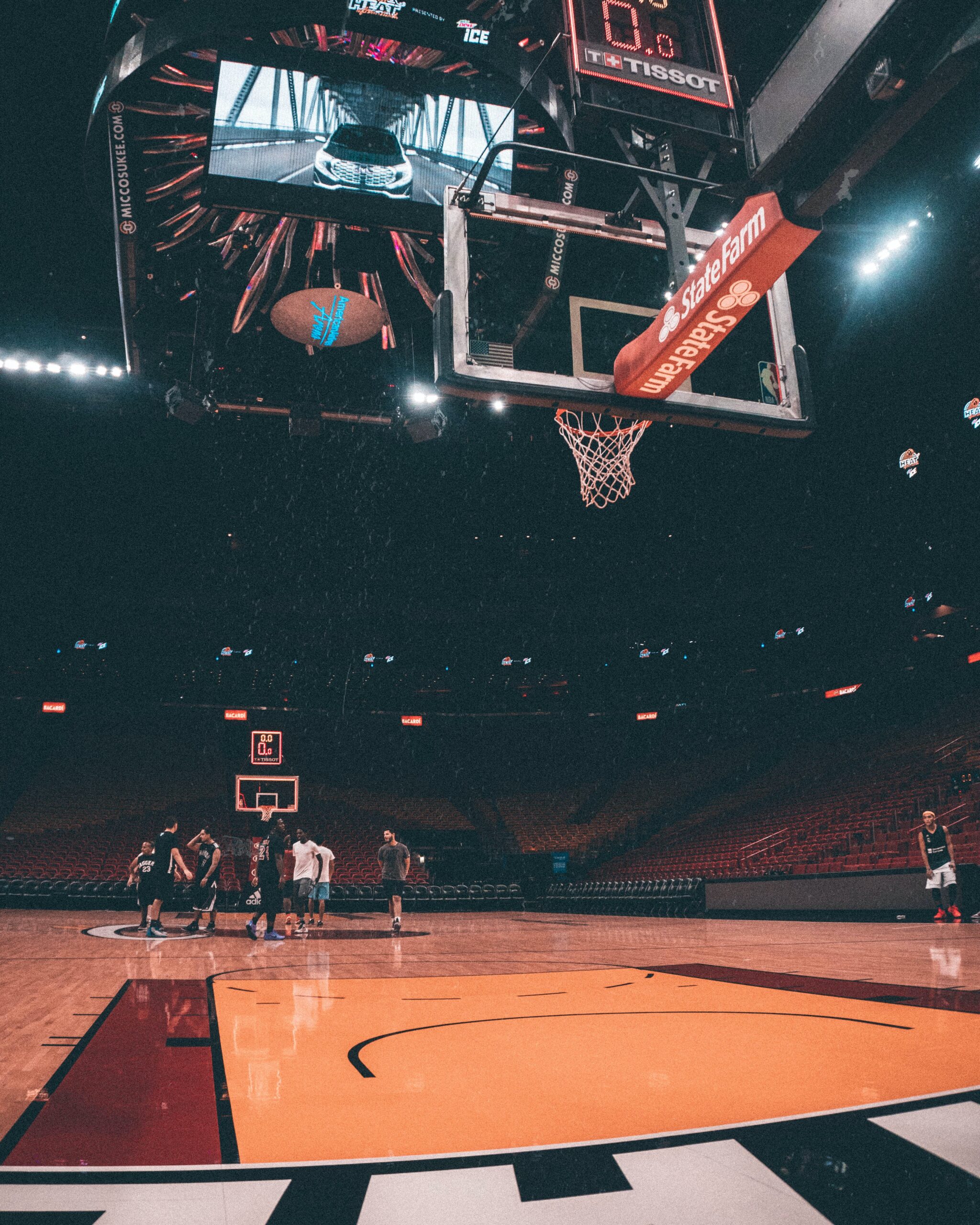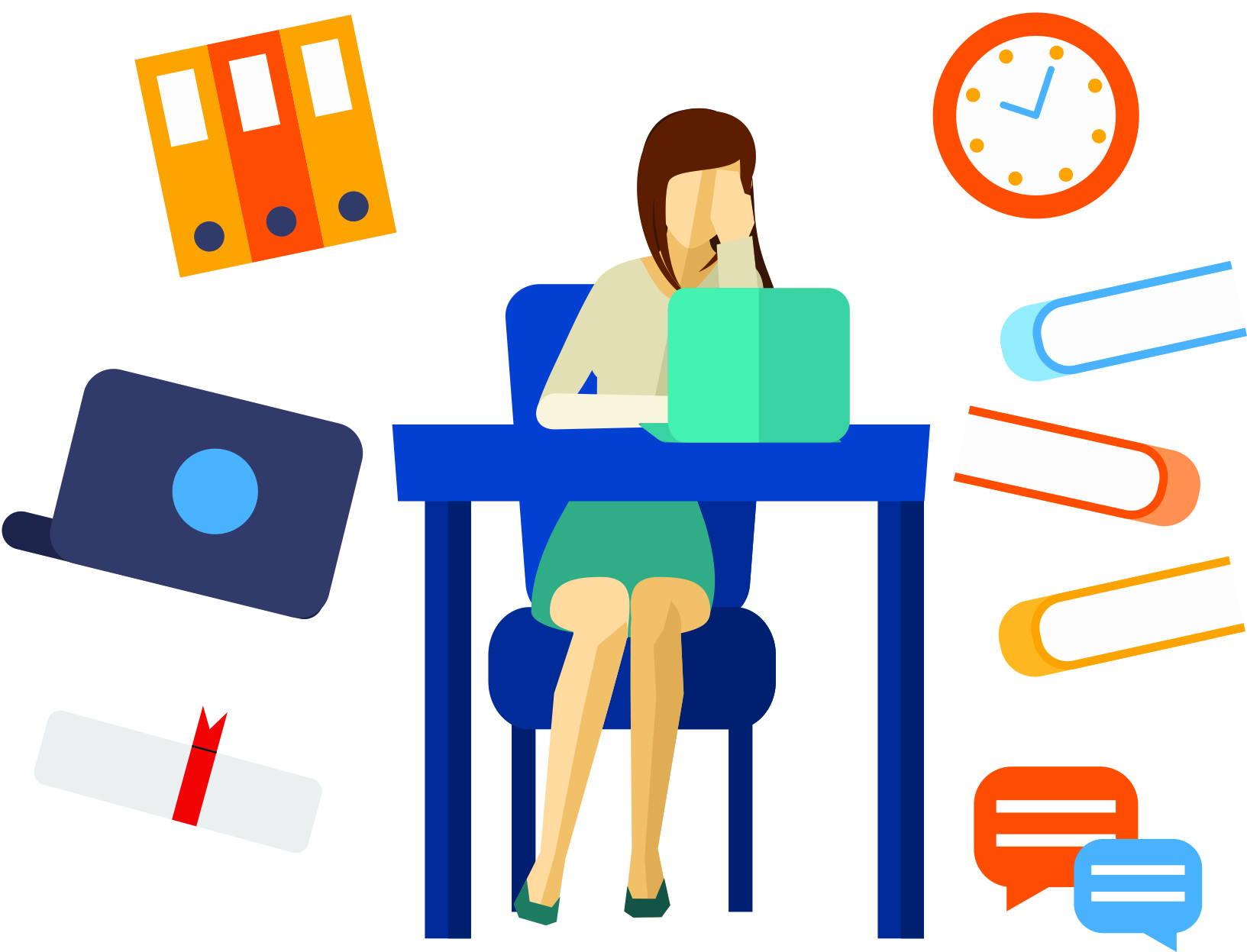NBA arenas are all empty as the postseason has moved into a “bubble” in Orlando, Florida. Photo by Andre Tan on Unsplash.
By Daniel Tom, Staff Reporter
Collegiate & professional sports exist in many different cultures around the world. It’s people’s way of life and a source of entertainment for many. But when all that goes away what do we do with ourselves? Many avenues of social interaction, live entertainment & sporting events were all put on hold when the coronavirus made its presence known in the United States.
At the time of the global shutdown, the NBA was winding down it’s regular season, gearing up for the start of the playoffs. Three months passed before the league & Players Association came to an agreement to “restart” the season with 22 invited teams in an isolated, secure bubble at the ESPN Wide World of Sports Complex in Orlando, Fla.
Per league protocol, when teams arrived in the bubble, “players, coaches, & team staff had to self-isolate in their rooms for 48 hours until two negative COVID-19 tests were received”. On July 13, the league announced that two out of 322 players tested were positive for the virus. July 29 presented that no new positive cases were found through a two week testing cycle.
So why does this work? The league spent an extensive amount of time preparing for any situation that may arise. According to an ESPN report, the NBA has spent over $150 million to ensure safety inside the bubble. The league also is not afraid to levy down punishment for violators who pose a threat to the health of others.
In the initial quarantine for teams, Sacramento Kings player Richuan Holmes broke the quarantine to receive a mobile food order and was required to quarantine for 10 days. Clippers guard Lou Williams came under fire after he left the bubble to tend to a family emergency but was later pictured picking up food at a gentlemen’s club in Atlanta.
With the NBA imposing their protocols on the players and staff to the fullest extent, it shows this model of an enclosed environment can and will work.
Meanwhile, other leagues look to continue to get off the ground without the protected bubble environment. Major League Baseball agreed to play a shortened version of their 162 game season by playing 60 games against divisional teams.
The league didn’t make it two full weeks without an outbreak amongst teams. These teams included the Miami Marlins, St. Louis Cardinals & New York Mets. This resulted in the postponement of games that affected many teams and questioned if this abbreviated season should continue to move forward.
This also puts into question the respective NFL and NCAA football seasons scheduled to start in September. The NFL is looking to commence their 16-week regular season on September 10, while college teams and conferences that elect to play this fall will play conference-only schedules starting as early as September 12.
The difference between the professional and collegiate levels is that pro leagues have the money to allocate (X amount of teams) into a secluded environment for a period of time. All of these logistical challenges, including setting up the bubbles are all driven by monetary gain that come from television deals and ticket sales that teams and leagues can profit from.
Sports that push forward without the protection of a bubble put long term health and other lives at risk for the sake of entertainment & monetary gain. Sports can be enjoyed by all, but there’s a smart way to do it and it’s been proven in bubble isolation.


